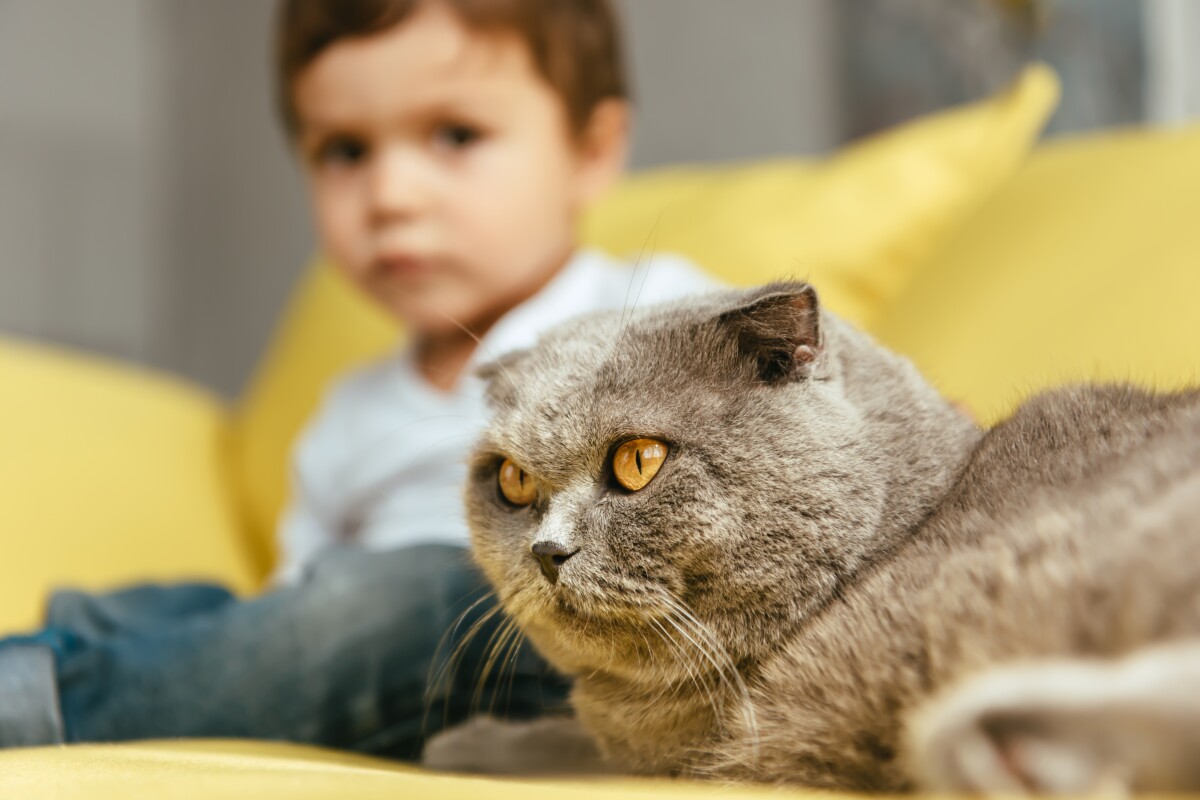
The meta stats confirm the linkage and none of this suggests any resolution here. That is the bad news. At least we have the biological pathway and cleaning up our cats would be a good plan. And no cats if you have kids in the house.
They were always meant to be barnyard animals anyway.
At least we have firmly identified a physical pathway for some forms of mental illness and can follow that up. The possibility and plausibility of this linkakge has long been apparent. now we know..
Purr-fect storm: House cats linked to 2x risk of schizophrenia
December 11, 2023
https://newatlas.com/medical/cat-2x-risk-schizophrenia/
Scientists are yet to narrow down the time frame when, and why, kids might be most at risk
A comprehensive meta-analysis of 17 studies across 11 countries over 44 years has resoundingly supported the growing evidence that sharing your childhood home with a cat is connected to a significant increase in risk of developing schizophrenia.
Queensland Centre for Mental Health Research scientists pawed through the results of those international studies and, when adjusting for comorbidities, still found that childhood companionship with feline friends led to a pooled risk estimate of 2.24 times that of growing up without a cat in the house.
While there was not a common age at which exposure was of most concern, the consensus was that the risk window existed throughout childhood years. A Finnish study linked mental disorders to exposure under the age of seven, while UK research said a link was made in children who were between four and 10 years.
But before you tell Whiskers to pack a bag and saunter out the door, the researchers say more work is needed on understanding the connection and the many factors that could influence a diagnosis of a schizophrenia-related disorder in later life.
The suggested cause of this risk factor, however, is well known to scientists: the domestic cat parasite Toxoplasma gondii. While it’s also transmitted through undercooked meat and contaminated water, one of its frequent springboards is through eggs via cat feces. It has long been linked to changes in the central nervous system (CNS) and brain function.
The parasite can hide out in a human host for a lifetime, and healthy people are unlikely to show any symptoms because the immune system can keep the bug at bay. In fact, it’s estimated up to 15% of Americans have been infected with T. gondii.
Pregnant women and more vulnerable populations face a greater risk – and children could be part of this cohort, too. T. gondii infection is the leading cause of blindness in newborns around the world, as well as issues that develop later, such as seizures and vision loss. Recently the bug has been linked to frailty in later life, as well as, bizarrely, risky sexual behaviors.
While it could be easy to assume that cats brought this complex infection into the homes of humans on purpose, they’re merely a dream host for the opportunistic unicellular protozoan. T. gondii has found fertile ground within the intestines of domestic cats, which scientists believe is due to the lack of a single enzyme – delta-6-desaturase. In other mammals, this enzyme forms a biochemical barrier to the parasite’s reproduction goals.
Cats, who for the most part are not bothered by the parasite and show no sign of disease, shed millions of oocytes (the eggs) in feces, which end up on paws and in fur, which can then come into contact with tiny hands. And while the parasite can’t complete its life cycle in a human host, in its tiny form it can evade the immune system and sneak past the blood-brain barrier to cause havoc in the CNS and brain.
While much more work needs to be done to examine exactly why certain children are more vulnerable to specific mental health disorders in adulthood, the researchers suggest being mindful of the importance of good hygiene practices among kids with kitties.
“Our review provides support for an association between cat ownership and schizophrenia-related disorders,” said the researchers. “Our field needs to generate novel candidate environmental risk factors, especially those that are potentially modifiable.
“Within that context, there is a need for more high-quality studies, based on large, representative samples to better understand cat ownership as a candidate risk-modifying factor for mental disorders,” they concluded.
The research was published in the journal Schizophrenia Bulletin.
No comments:
Post a Comment